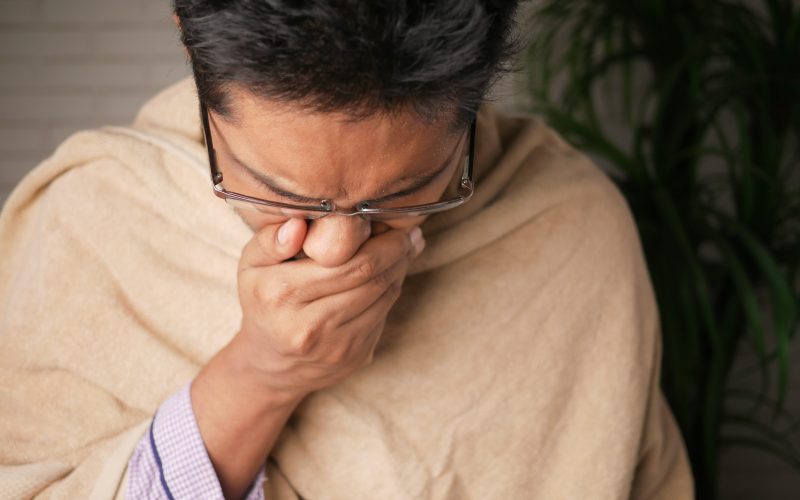Flu season is upon us, and while it may seem like an inevitable fate to catch the flu, there are actually many steps you can take to prevent it. Nobody likes being bedridden for days on end with a fever, chills, and body aches – so why not take action now to reduce your risk? Whether you’re worried about catching the flu yourself or want to protect vulnerable loved ones around you, we’ve got seven easy steps you can follow that will help keep the flu at bay. So grab a cup of tea and get ready – this post might just save your winter!
What is the flu?
The flu, or influenza, is a contagious respiratory illness caused by viruses. It can cause mild to severe illness, and at times can lead to death. The best way to prevent the flu is by getting a flu vaccine each year.
Symptoms of the flu include fever, coughing, sore throat, runny or stuffy nose, body aches, headache, fatigue, and sometimes vomiting and diarrhea. People with the flu often feel some or all of these symptoms at once. They usually last for about a week.
What are the symptoms of the flu?
The flu is a contagious respiratory illness caused by influenza viruses that infect the nose, throat, and lungs. It can cause mild to severe illness. The best way to prevent the flu is by getting a flu vaccine each year.
Symptoms of the flu include:
-Fever
-Cough
-Sore throat
-Runny or stuffy nose
-Muscle or body aches
-Headaches
-Fatigue (tiredness)
Some people may also have vomiting and diarrhea, though this is more common in children than adults.
How is the flu spread?
Most cases of the flu are spread by contact with respiratory secretions, such as saliva, mucus, or blood, from an infected person. These secretions can be spread through coughing or sneezing, or by touching contaminated surfaces and then touching your nose or mouth. You can also get the flu if you inhale droplets from a cough or sneeze of an infected person that are suspended in the air. In rare cases, people have been infected with the flu after receiving a organ transplant or blood transfusion from someone who was infected.
What can you do to prevent the flu?
There are a few key things you can do to help prevent the flu and stay healthy during cold and flu season:
1. Get vaccinated. One of the best ways to protect yourself from the flu is to get vaccinated each year. It’s important to get the vaccine as soon as it’s available, preferably in October, since it takes about two weeks for the vaccine to become fully effective.
2. Wash your hands often and well. Handwashing is one of the best ways to prevent the spread of germs that cause colds and flu. Be sure to wash your hands thoroughly with soap and water, or use an alcohol-based hand sanitizer, especially after coughing or sneezing, going to the bathroom, or before eating or preparing food.
3. Avoid close contact with people who are sick. When you’re sick, keep your distance from others (about six feet) to help prevent them from getting sick too. And if you have the flu, stay home from work or school until at least 24 hours after your fever is gone without the use of fever-reducing medication.
4. Cover your coughs and sneezes. Whenever you cough or sneeze, use a tissue or your sleeve (not your bare hands) to cover your mouth and nose so you don’t spread germs to others around you
When should you see a doctor?
When should you see a doctor?
If you have the flu, you should see a doctor as soon as possible. The flu can be serious, and it is important to get treatment right away. If you have any of the following symptoms, you should see a doctor:
* Shortness of breath
* Chest pain
* Severe muscle aches
* Persistent vomiting
* Fever over 102 degrees Fahrenheit that lasts more than three days
In addition, if you have any other concerns about your health or the flu, you should always consult with a medical professional.












